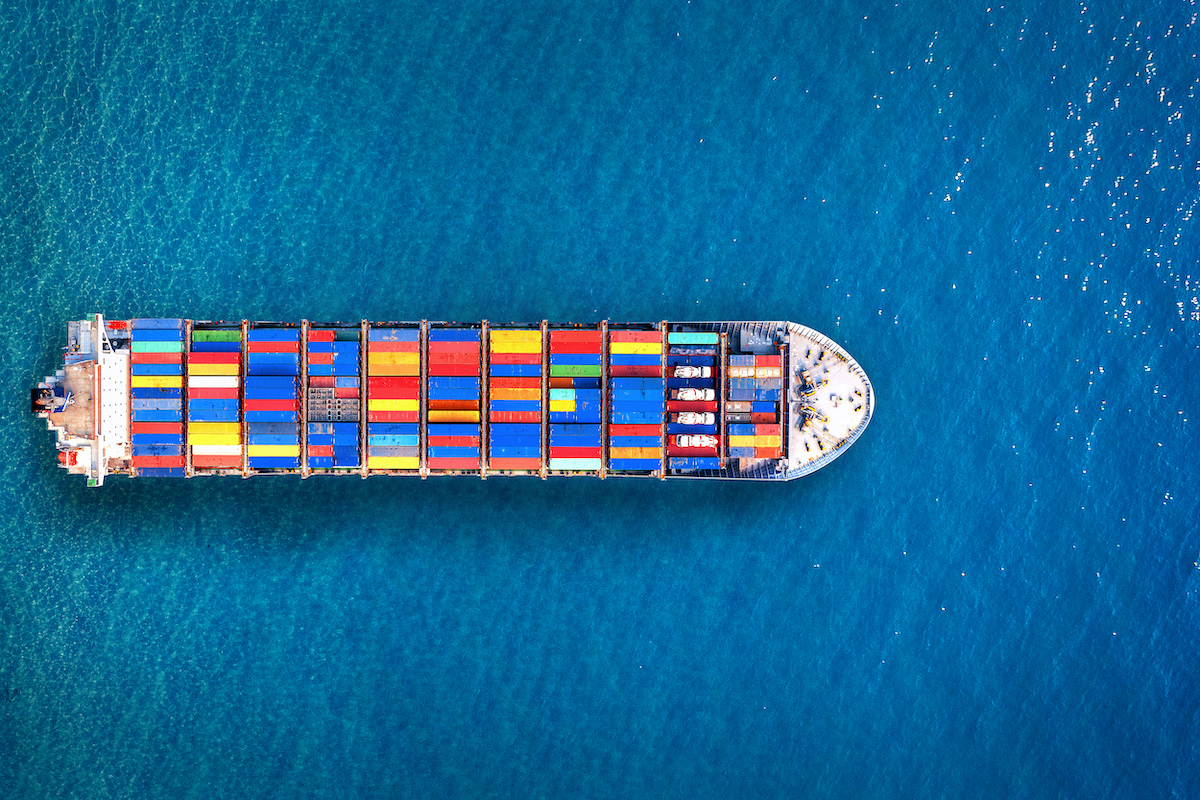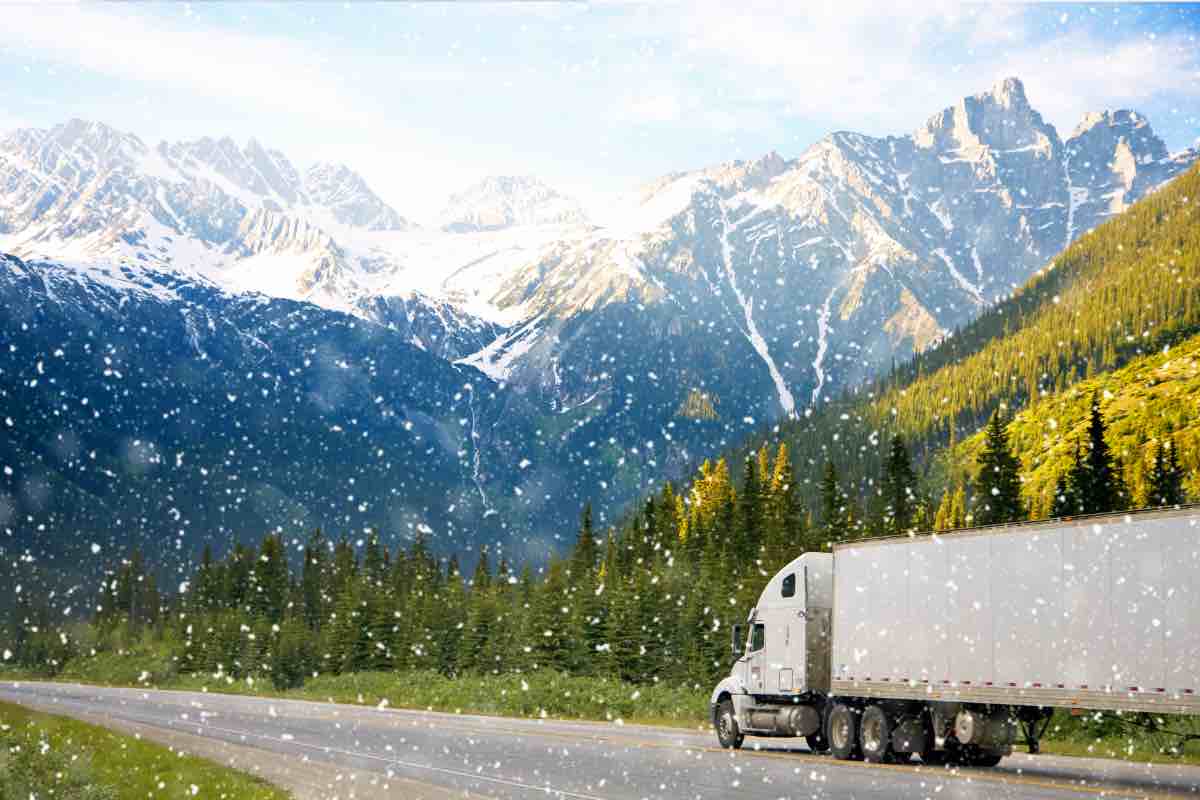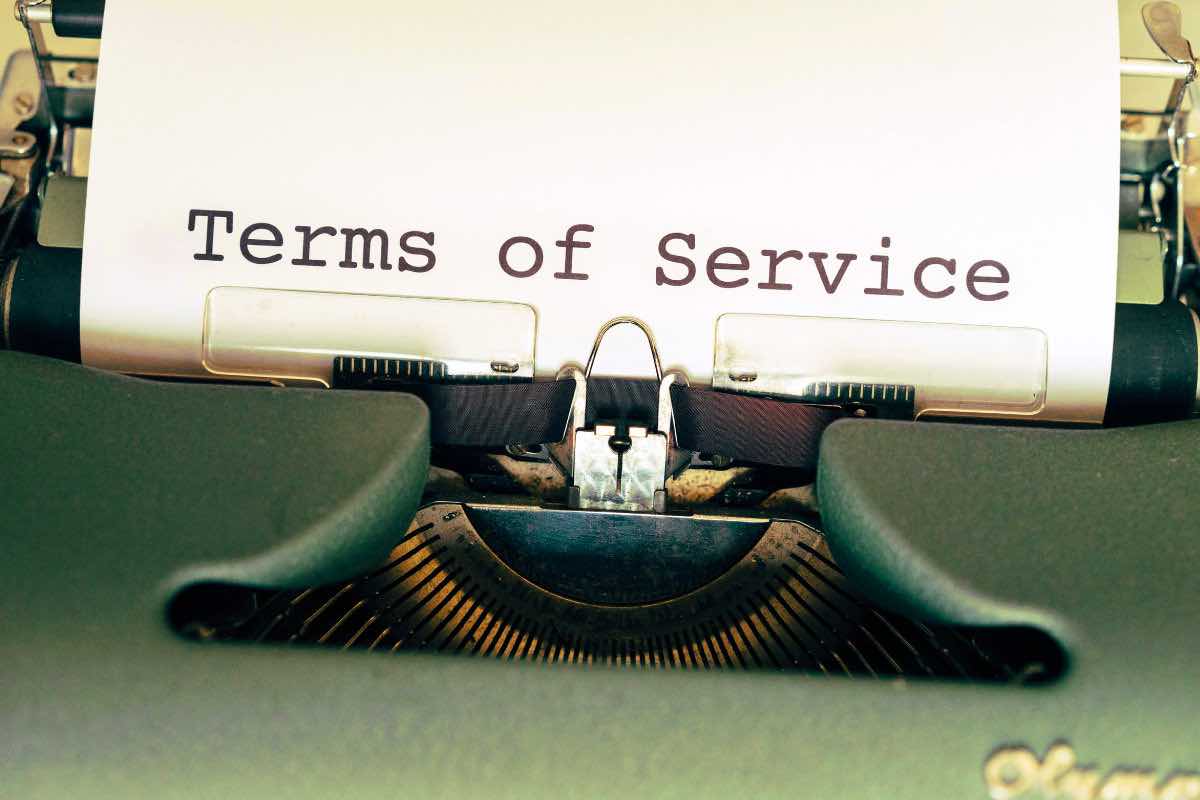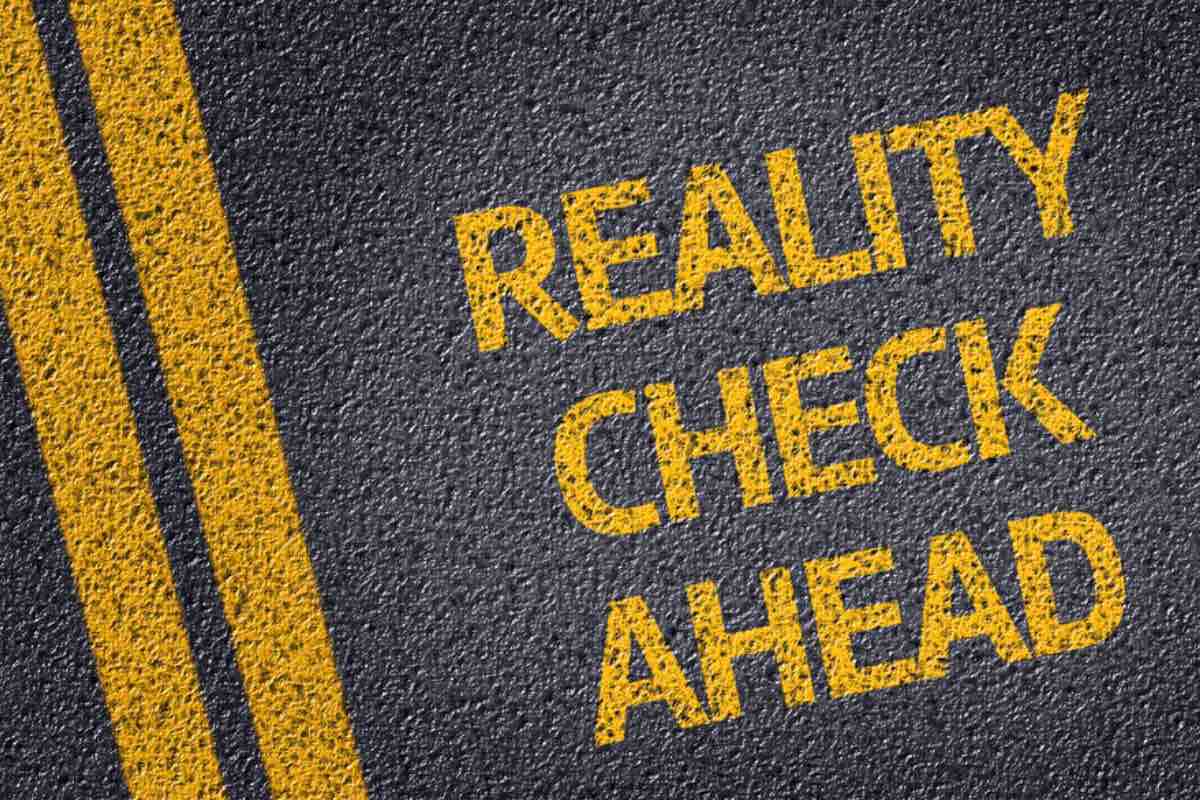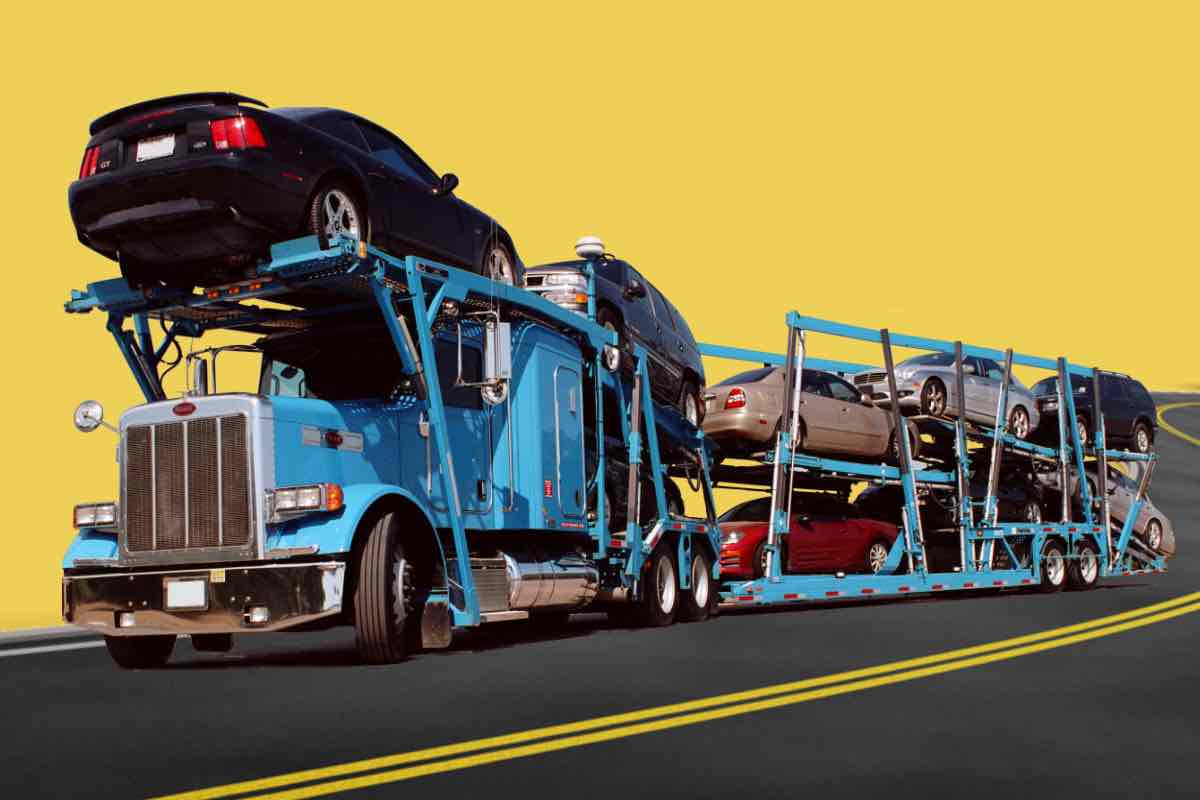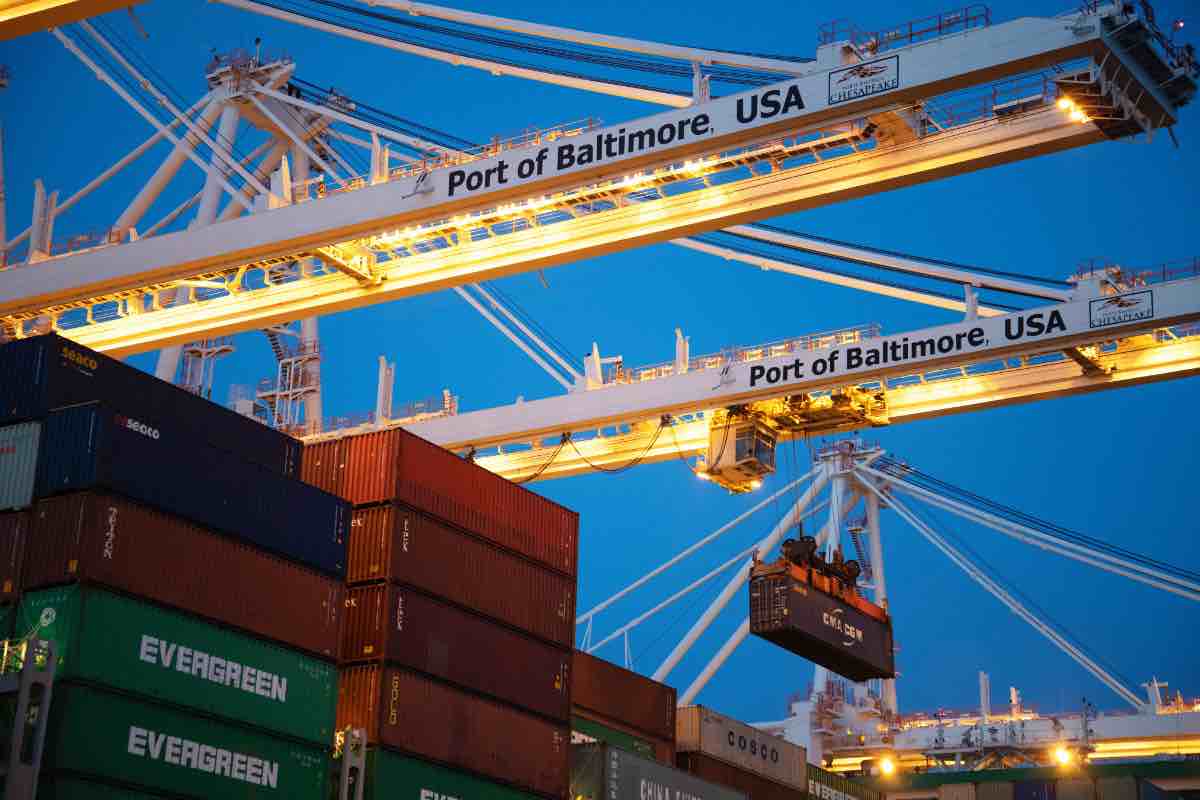Your personal Auto Insurance policy will usually protect your vehicle in case of any accidents, theft or other damage. What many Shippers do not realize is that from the moment their vehicle is loaded onto the hauler, their policies may no longer provide the kind of protection they’re expecting.
Your vehicle will be covered by the Carrier’s insurance while it is in their possession. Some Carriers, however, may include a waiver in their contract that voids them of any responsibility for potential damages.
To ensure you avoid any unexpected hassles and costs, we’ve put together a shortlist of recommendations to add an additional layer of protection for yourself and your vehicle:
ASK THE TRANSPORT COMPANY FOR PROOF OF INSURANCE
It’s a legal requirement that all Auto Shipping companies carry a valid insurance certificate which can be presented upon request. Always ask about the level of the coverage offered and any special conditions that may limit the payout for damages.
ENQUIRE ABOUT YOUR PERSONAL AUTO INSURANCE POLICY
Your personal auto insurance policy may cover your vehicle while it is being transported, however it is wise to double check and to enquire whether or not your insurer will require notification or additional documentation prior to handing your vehicle over to the transport company.
GET IT IN WRITING
Prior to accepting the terms for any auto shipping service, make sure you have any additional arrangements or special requests in writing; especially if they are providing a service that is not addressed in their regular contract.
SECURE YOUR ITEMS
To reduce damage to your vehicle’s interior, remove all lose or detachable items from your vehicle. This will also reduce the risk of theft which may not be covered by your insurance company.
If you have arranged with the Carrier to carry personal belongings in the trunk of your vehicle, it’s important to take note of the fact that the Carrier’s insurance will not cover these items. Be mindful of not packing expensive, delicate or sentimental-value belongings. Secure your luggage inside the trunk to prohibit shifting and rolling while in transit.
BEFORE AND AFTER PHOTOS
As you would with any private insurance, transport insurance would require proof that damage occurred to your vehicle while in the possession of your Carrier. Although Carriers will always provide you with condition reports before and after transport, you also want to keep your own record.
Proven damages is a guaranteed payout, so it’s recommended to take before and after photos of the condition of your vehicle. You may also want to make a video recording of your vehicle starting, running and driving for several minutes. This could provide evidence for potential mechanical damage.
CONDITION REPORTS AND THE BILL OF LADING
Do not sign a condition report if you are not absolutely in agreement with its description of your vehicle. The Bill of Lading is a report on the vehicle’s condition on arrival. You will be required to sign this document prior your vehicle being officially handed over to your possession. Check your vehicle thoroughly (include the undercarriage and running of your engine). If you find signs of damage incurred during transit, make sure to include it in the Bill of Lading and have the driver sign it. Once you sign the Bill of Lading, your Carrier will not be held liable for any damages not specifically listed in this document.
CLAIMS ASSISTANCE
A Broker is your first line of defence when unexpected situations arise during shipment. Their experience and expertise will be essential in aiding you through the process. Reputable Brokers will provide administrative assistance to you should you need to lodge a claim with the Carrier’s insurer.




